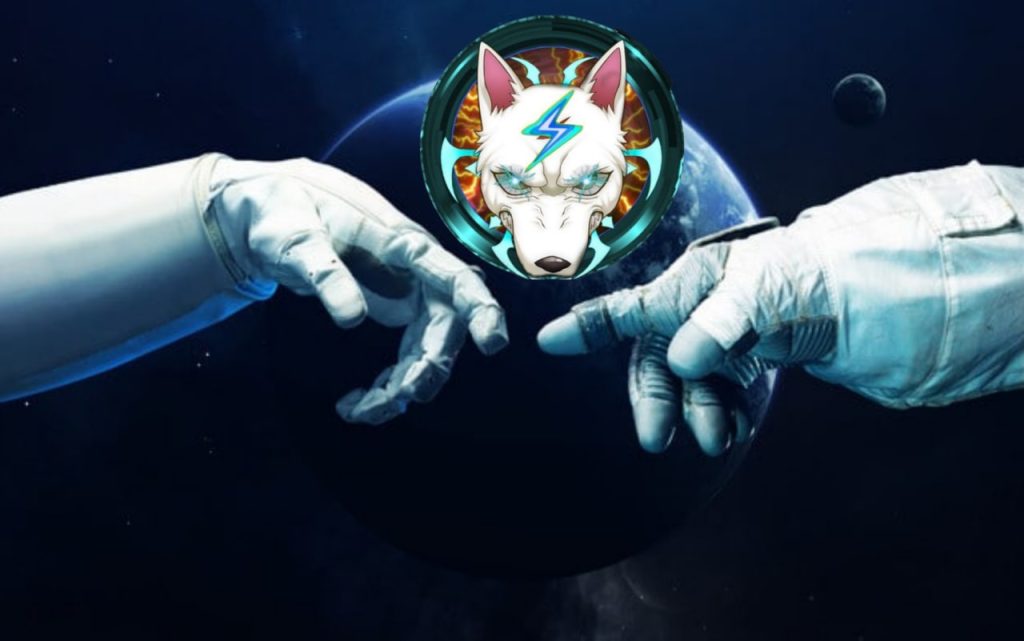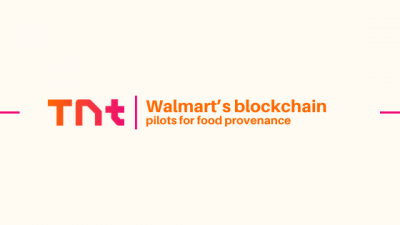Malmo, Sweden, 30 March 2022, ZEXPRWIRE, Volt Inu (VOLT), a hyper-deflationary token, announced it is migrating to a new smart contract. This process should allow the project to develop faster and reach its goals, among other benefits. Furthermore, the development team also released Volt Inu 2D Racers, a browser-based online game using the play-to-earn (P2E) model.

Volt Inu released the VOLT token in December 2021 on Ethereum and Binance Smart Chain (BSC). Then, the total supply of tokens across both networks was 69,000,000,000,000,000,000,000 units.
Now, the developers have chosen to migrate the protocol to a new smart contract to accelerate its growth. Volt Inu is already working on the process with an experienced but unnamed partner. The migration should start in the first week of April when the team will also reveal the partner’s name.
The migration will divide the current VOLT supply by 1 billion. However, the users’ holdings will maintain the same USD value and market cap. Also, the process consists of a tax-free transaction sending the users’ VOLT V1 tokens to the migration address. Then, they will automatically go back as VOLT V2 tokens to their wallets.
The holders missing this migration period will have to wait up to one month to receive their VOLT V2 tokens. The team will have to manually check and approve their transactions, explaining the lengthy waiting time. Furthermore, those buying VOLT V1 after migration ends will not be able to convert them into VOLT V2 tokens.
Lastly, VOLT trades on Uniswap and PancakeSwap will not pause during migration. The only exception will be 1-2 hours at the end of the migration period.
Volt Inu Migration Benefits and Features
The primary reason for migrating to a new contract is the token’s present excess of decimals (19). Having such a long price creates technical difficulties on CEX listings. So, the migration will remove 9 decimals, thus making the listing on centralized exchanges more convenient. Lastly, those holding VOLT on CEXs will see the conversion to VOLT V2 automatically.
Another migration goal is making the VOLT token more deflationary. The token’s ETH smart contract currently comes with a 13% tax on all transfers. Out of this total tax, 4% goes to the liquidity pool. The migration should cut this tax in half. This will see the liquidity pool on Ethereum receive 2% and the other 2% will be sent directly to the burn address. The result will make VOLT more deflationary and potentially increase its value in the long run.
The migration will also help Volt Inu get closer to its long-term goal of becoming a DAO (Decentralized Autonomous Organization). The new contract will support treasury, marketing, and development tax allocations being directed to a DAO governed wallet when the time of the transition comes. As a result, Volt Inu would have better conditions for becoming a community-managed DAO.
Volt Inu 2D Racers Game
Volt Inu also announced the release of its new game, which will engage VOLT token holders as well as any other existing crypto project. Volt Inu 2D Racers is a P2E online game that users can play in their browsers. It features free races and pay-to-play projects, which they can choose or create before paying. The game’s goal is to get crypto prizes as well as buybacks & burns for participating projects by obtaining high positions on various leaderboards.
About Volt Inu
Volt Inu (VOLT) is a hyper-deflationary token running on Ethereum and Binance Smart Chain (BSC). Its goal is to support investments in various blockchain-based assets, such as NFTs, nodes, altcoins, staking, and stablecoin farming. Accessing a diverse investments pool enables VOLT to mitigate risk while benefiting from the possible non-correlated growth of trending assets.
For more information about Volt Inu, please follow the links below:
| Website | Twitter | Telegram | Whitepaper| Volt Inu Game|
Media Contact:
Name: Jo Evans
Email: [email protected]
The post Volt Inu Announces Migration Plans and Release of P2E Game appeared first on Zex PR Wire.



Comments